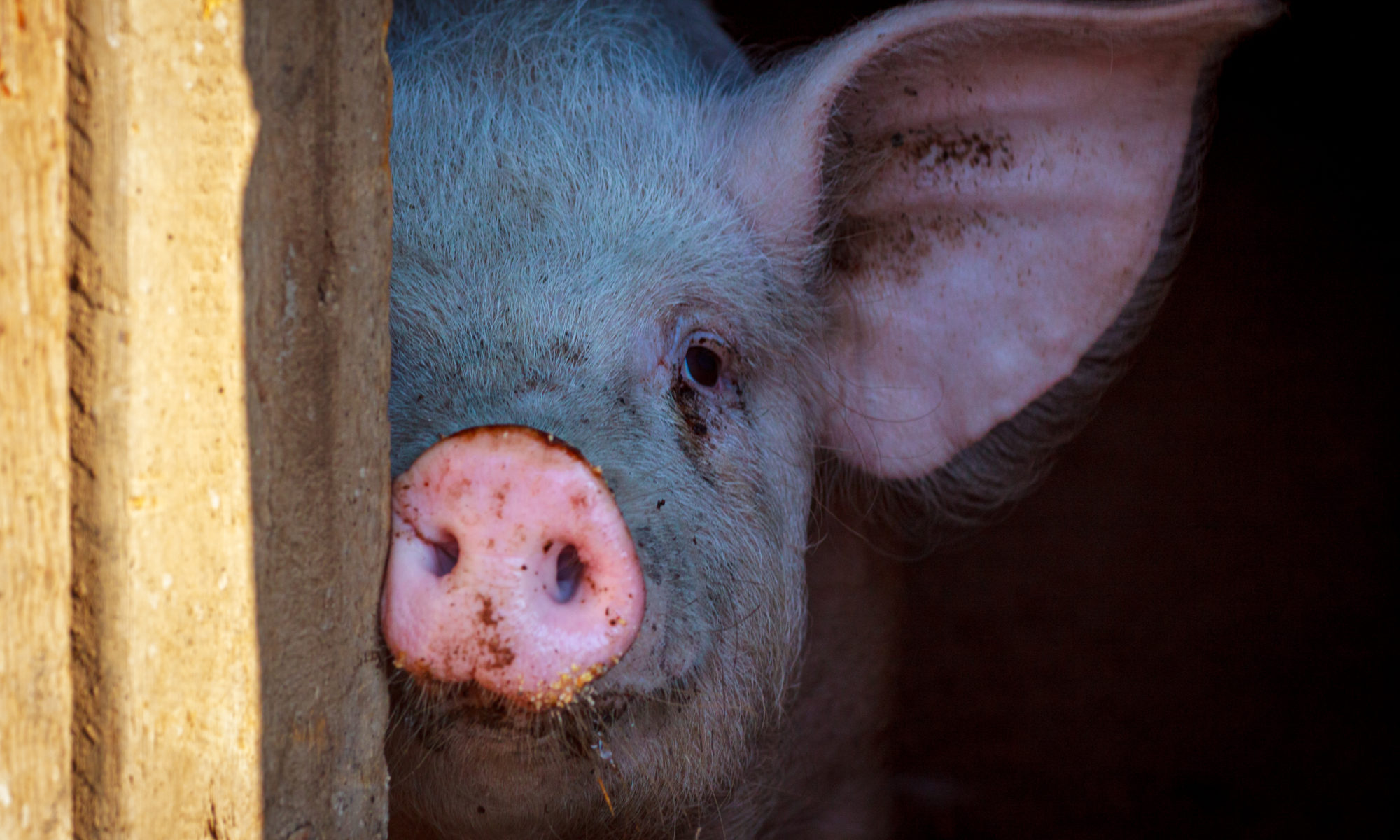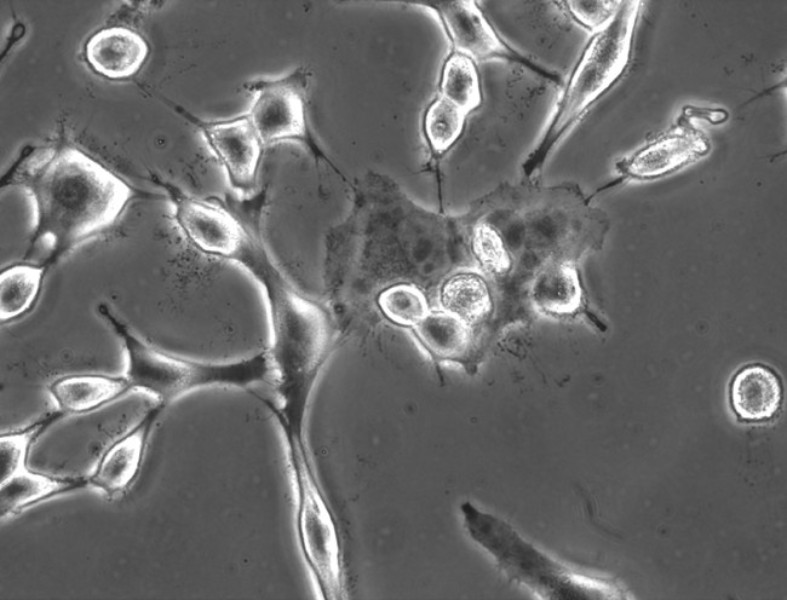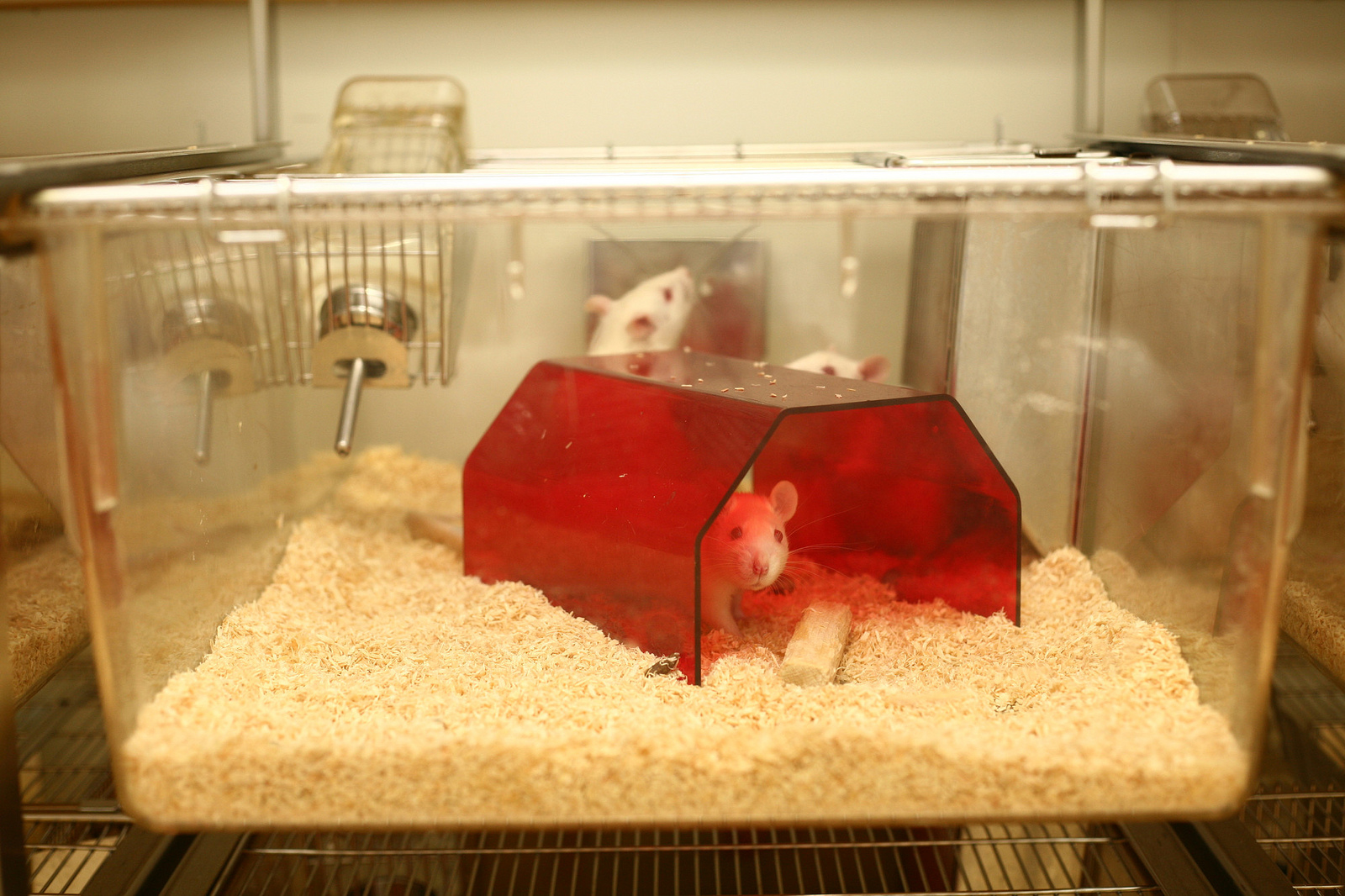As Benjamin Franklin famously wrote in his 1789 letter to physicist Jean-Baptiste Le Roy, “in this world nothing can be said to be certain, except death and taxes.” While it seems nothing can be done about the latter, science has been progressively fighting the former for centuries. Or, at least, challenging when death’s inevitability befalls us.
In a recent paper published in Nature, a team from Yale University claim to have developed a system – dubbed OrganEx – capable of reversing some of death’s effects over an hour after cardiac arrest. If we’re to believe the findings (and there seems to be a good reason to do so), then this team has pushed the boundary separating life from death. Before going further, however, it should be pointed out that the experiment was carried out on pigs and the restored features of life were nothing as grand as consciousness and the capacity for independent living; they were cellular.
Nevertheless, the study’s results may have profound implications for medical practice, especially in end-of-life matters like organ transplantation and donation, palliative care, and assisted dying.
In short, OrganEx was developed from an already existing experimental system called BrainEx. Developed in 2019, BrainEx showed the capacity to preserve the structure and function of cells within a pig’s brain hours after decapitation. OrganEx takes the same principles and applies them to the entire body. It consists of two essential parts. The first is an infusion device attached to the body via the femoral artery and vein. The second part is a complex chemical cocktail that the infusion device circulates through the body, mixed with the recipient’s blood. This concoction consists of amino acids, vitamins, an artificial oxygen carrier, and neurological inhibiting compounds, among other things. An hour after researchers stopped the pig’s heart and withheld medical assistance, the OrganEx system started pumping the perfusate around the pig’s body. After six hours of circulation, tests showed that oxygen had begun reaching multiple bodily tissues and that the pig’s heart had demonstrated limited electricity activity. Additionally, some expected cellular degradation appeared absent. In fact, some cells were metabolizing glucose and building proteins.
In other words, compared to the experiment’s control groups, OrganEx began repairing damaged organs hours after death.
The study’s results are remarkable, and the paper has received significant media attention (many making references to the idea of Zombie Pigs). However, an unease sits at this study’s core and, unfortunately, at the core of many biomedical studies – the use of animals in experiments.
Unlike the BrainEx study, in which researchers acquired the pig’s head from a slaughterhouse, the pigs used in the OrganEx study were slaughtered deliberately for the study’s purposes. Is this ethical? Can we justify the use of these pigs in the OrganEx experiment? I believe a perfectly suitable alternative was overlooked, an alternative that would have meant that the pigs used in the experiment could have continued their lives without being slaughtered – human cadavers.
Within research ethics, there is a widely employed framework known as the 3Rs. Proposed by Russel and Burch in their 1959 book, The Principles of Humane Experimental Technique, these Rs stand for Replacement, Reduction, and Refinement, and researchers should consider each of these principles in order. Replacement refers to substituting animals in research with technological alternatives or simply nothing at all. If it isn’t possible to replace animals, researchers move on to the reduction principle, using as few animals as possible to minimize potential suffering. Finally, if replacement and reduction aren’t possible, researchers should seek to refine their husbandry and experimental methods to reduce suffering and improve welfare. The OrganEx’s study designers seemed to consider such principles, and Yale’s Institutional Animal Care and Use Committee gave comparable advice: “we sought to minimize the animal number and any potential discomfort and suffering.”
I believe, however, that the use of pigs in this experiment breached the first of these principles. The appropriate number of pigs would have been zero, as freshly deceased people would have provided equally effective test subjects.
This might strike some as an odd claim to make. After all, researchers use non-human animals in the preclinical research phase as a buffer before human testing. Bypassing such a precaution and going straight to human research goes against the typical wisdom of research ethics and protocol. However, it is essential to remember that the subject needs to be dead for the OrganEx experiment’s purposes (or at least “dead” according to our current conception of death). That is the experiment’s point, to explore the technology’s posthumous application. As such, research participants cannot be harmed as we typically envision (i.e., allergic reactions, unforeseen side effects, etc.) because they’re already dead.
Death is not an unusual event. It happens to countless people every day. My proposal is that the researchers could have taken advantage of this naturally occurring, potentially suitable research populace but chose to use pigs instead; pigs that they slaughtered deliberately.
So, the question becomes which potential subject is more ethically justifiable: live pigs needing slaughtering to satisfy the experiment’s participation requirements or the bodies of humans who had recently died from natural causes?
All other things being equal, this seems to be a fairly straightforward choice. Living beings deserve more moral consideration than dead ones because the living can experience harm, have a greater claim to dignity, and possess complex internal worlds (pigs especially). The dead lack these things, and while we may attach morally valuable attributes to the deceased, such qualities pale compared to the living. This is true for comparing intra-species (dead human vs. live human) and inter-species (dead human vs. live pig). In short, living pigs deserve more moral consideration than dead humans, and in a research context, if you can use an already dead human instead of slaughtering a live pig, and you subscribe to the principle of reduction, then you should use the human cadaver.
That said, there might be good reasons why the researchers chose to use pigs instead of humans. They do indicate that the BrainEx study focused on a pig brain, and some consistency with that existing work would make sense. I’m unconvinced, however, that this is a compelling enough reason to decide to use pigs in this subsequent study. This is certainly true given that, presumably, the OrganEx’s anticipated application isn’t on pigs but on humans. It would seemingly make sense to align the experiment closely to the anticipated application as early as possible and skip unnecessary research steps.
Ultimately, there are good arguments to use animals for research if doing so helps prevent downstream harmful outcomes (although I don’t necessarily buy them). Nevertheless, if those outcomes can be avoided without using animals, then there is an ethical duty to do so. Preventable harm, including death, should be avoided where possible, which applies to animals as much as it does to humans.



